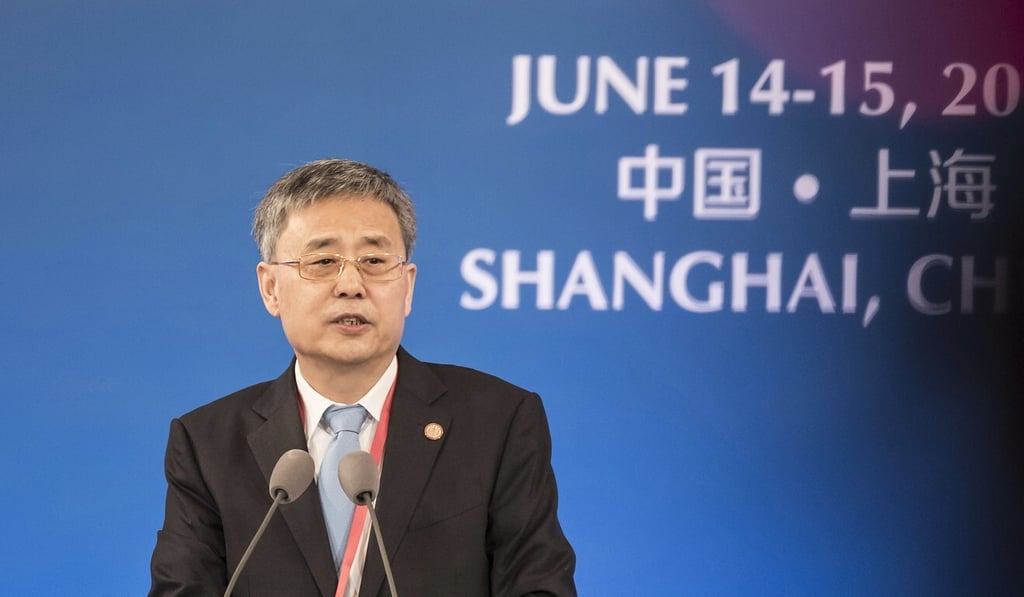Advertisement
China’s financial clean-up whittles thousands of peer-to-peer lenders down to just 29, with US$115 billion in outstanding debt
- ‘We’ll assist public security authorities to track down the money even if there is only a glimmer of hope,’ Guo Shuqing, chairman of CBIRC
- Only 29 of the more than 6,000 peer-to-peer lenders remain after China’s four-year crackdown
Reading Time:2 minutes
Why you can trust SCMP
0

China’s defunct peer-to-peer (P2P) lenders still owe depositors 800 billion yuan (US$115 billion) four years after a crackdown to clean up the sector, but the mainland’s top regulator said he will do his best to help victims recover their funds in a segment where only a few operators remain.
“We’ll assist public security authorities to track down the money even if there is only a glimmer of hope,” Guo Shuqing, chairman of the China Banking and Insurance Regulatory Commission (CBIRC), told state-owned television broadcaster CCTV in an interview. “The goal is to repay depositors as much money as possible.”
Guo, who is also the Communist Party secretary of the mainland’s central bank, said that the number of licensed P2P operators has now been reduced to only 29, from as many as 6,000 before Beijing began cracking down on P2P in 2016 amid a raft of scandals that caused investors billions of yuan in losses.
He added that since the crackdown has had the desired impact, it would be eased by the end of the year but warned that the CBIRC would not lower its guard.

P2P lending mushroomed on the mainland from 2012 when Beijing encouraged the operators to help cash-hungry small businesses access much-needed loans.
One of the biggest scams involved Ezubao. Once the top P2P lending platform in China, it folded in 2016 after collecting 59.8 billion yuan from more than 900,000 investors. In 2017, its chief Ding Ning was jailed for life for his role in the country’s biggest Ponzi scheme.
Advertisement